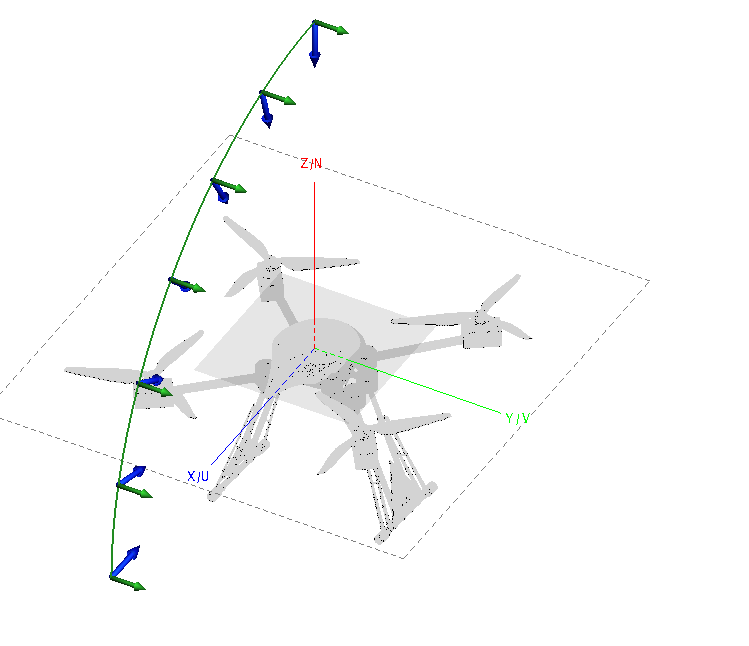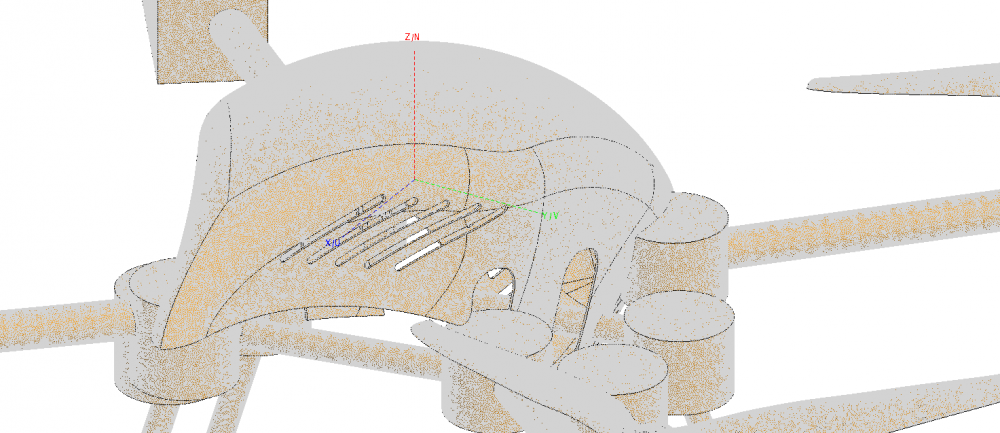Simulating geometry at 24GHz for RCS in plane wave incident direction.
Solver stops with error: Maximum number of iterations reached without convergence.
Maximum number of iterations: 500
Stopping criterium (vector norm): 3.00000E-03
Stopping after 500 iterations with a minimum residuum of 4.70936E-01
ERROR 33498: Maximum number of iterations reached without convergence
Number of metallic triangles: 6226545 max. triangles: MAXNDR = 6226545
Number of metallic edges (MoM): 9339675 unknown: 9339675 (electr.) max. edges: MAXNKA = 9339818
Number of basis funct. for MoM: 9339675 unknown: 9339675 max. basisf. MAXNZEILE = 9339818
Number of basis funct. for PO: 0 unknown: 0 max. basisf. MAXNKAPO = 0
1. How to approach this problem?
Thank you.
<?xml version="1.0" encoding="UTF-8"?>
<?xml version="1.0" encoding="UTF-8"?>